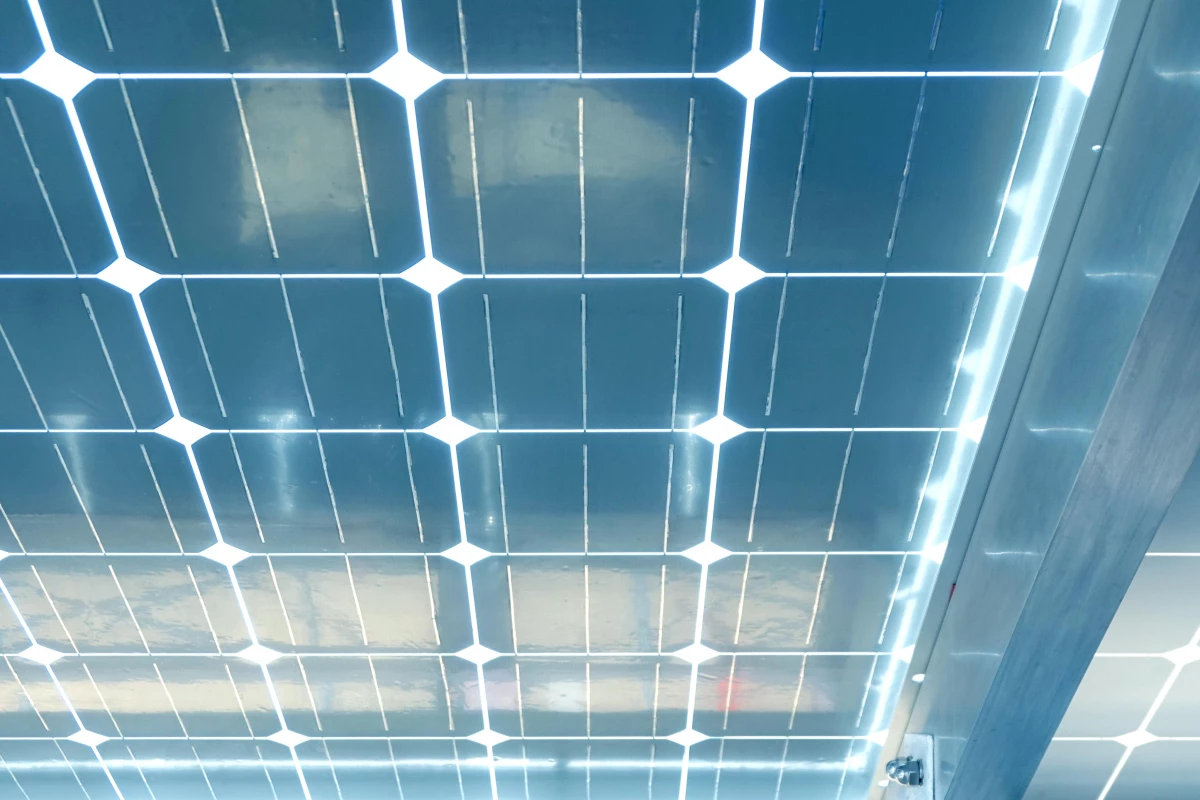Crystalline silicon has been the go-to material for solar cell makers since the 1950s, with the material offering supreme conversion efficiency and stability over the alternatives. One thing it doesn’t offer, however, is transparency, but scientists in Korea believe they’ve found a way around this long-standing limitation, with a new technique that involves punching carefully placed holes right through the material.
Transparent solar cells would be a huge boon to our renewable energy efforts, with the potential to replace windows in skyscrapers, replace the sunroofs in cars or perhaps act as electricity-generating phone screens.
The pursuit of this technology has led scientists to explore different solar cell designs involving different materials, with some sacrificing efficiency, some transparency and some long-term stability. Scientists at Korea’s Ulsan National Institute of Science and Korean University believe their new see-through solar cell would make no such compromises.
"My team members concluded that crystalline silicon is the best material to develop the glass-like, high-efficiency, high-stability, and neutral-colored solar cell," says Kwanyong Seo, co-senior author on the paper. "At first thought, it was a crazy idea for all of us. The problem was that crystalline silicon is not transparent, so before us, nobody tried to make transparent crystalline silicon with neutral colors."
Seo and his team came to this conclusion after making a big breakthrough. Well, a bunch of tiny ones, to be precise. To avoid the reddish hue and other coloring that has plagued the quest for transparent solar cells in the past, the team punched tiny holes around the size of a human hair in the crystalline silicon to allow light to filter through.
These holes are arranged in a carefully designed pattern and are invisible to the human eye. In testing, the transparent solar cell demonstrated long-term stability and a conversion efficiency of 12.2 percent. This is a far cry from the 20-25 percent efficiencies offered by commercial solar cells, but is an improvement on some of the other transparent solar cells under development, too.
The team also tested out the solar cell’s potential as a window. The low-angle light that hits a vertically oriented, conventional solar cell can cause dips in the electrical currents of around 30 percent. Promisingly, the scientists found low-angle light reduced the electrical currents of their solar cell by less than four percent.
"We want to replace current windows," says Seo. "There are many things we have to overcome, such as the regulations by law. We also need to have the mechanical stability and strength to apply our device to replace the current window in the building."
From here, the team is working to build a scaled-up version of the solar cell, and is pursuing a conversion efficiency of 15 percent. The scientists say the manufacturing process is very similar to that of traditional solar cells, making the path toward commercialization a little less tricky than it would otherwise be.
The scientists have published their research in the journal Joule.
Source: Cell Press via ScienceDaily




